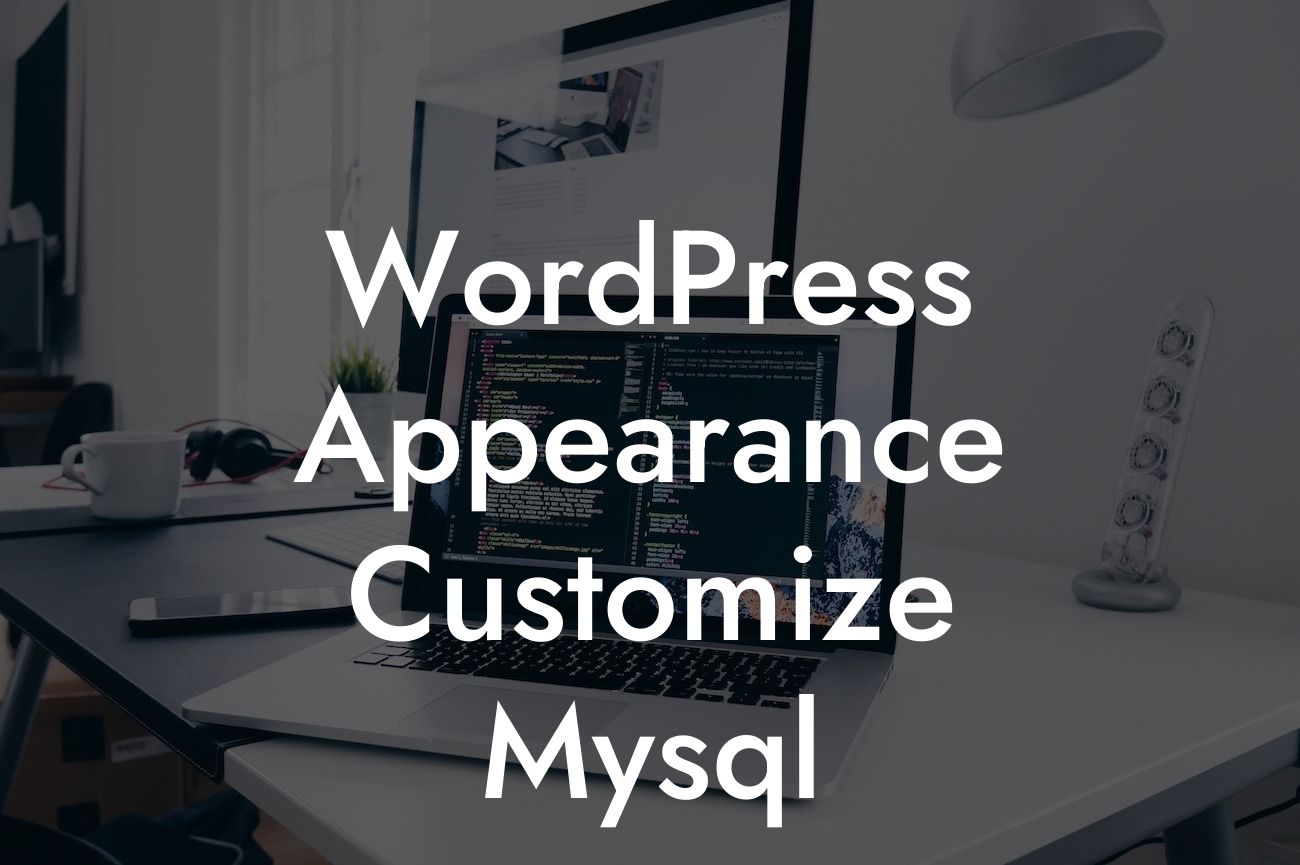Are you a small business owner or entrepreneur looking to customize the appearance of your WordPress site but don't know where to start? Look no further! In this article, we will guide you through the process of customizing the appearance of your WordPress site using MySQL. With just a few easy steps, you can give your website a unique and professional look that will leave a lasting impression on your visitors.
To customize the appearance of your WordPress site using MySQL, follow these steps:
1. Understand the structure of the WordPress database:
Before diving into customizing the appearance of your site, it's important to have a basic understanding of the WordPress database structure. Familiarize yourself with the different tables and fields that store your website's content and settings. This knowledge will come in handy when making changes using MySQL queries.
2. Backup your website:
Looking For a Custom QuickBook Integration?
Before making any changes to your website's appearance, it's crucial to create a backup. This will ensure that you have a restore point in case anything goes wrong during the customization process. Use a reliable backup plugin or access your hosting provider's backup feature to create a backup of your WordPress site.
3. Access your website's database:
To make changes using MySQL, you'll need to access your website's database. Most hosting providers offer database management tools like phpMyAdmin. Alternatively, you can use a desktop application like HeidiSQL or MySQL Workbench to connect to your database.
4. Execute MySQL queries:
Now that you have access to your website's database, it's time to execute MySQL queries to customize the appearance of your site. Use SELECT queries to retrieve the necessary data, and UPDATE queries to modify the desired elements. For example, you can change the color scheme, font styles, or layout of your website by modifying the relevant fields in the database.
Wordpress Appearance Customize Mysql Example:
Let's say you want to change the color scheme of your website from blue to green. You would identify the relevant table and field in the WordPress database, execute an UPDATE query to change the color value, and see the changes reflected on your website instantly.
Congratulations! You've learned how to customize the appearance of your WordPress site using MySQL. By following the steps outlined in this article, you can now take control of your website's appearance and create a unique online presence that sets you apart from the competition. Don't forget to share this article with fellow entrepreneurs and small business owners who could benefit from these valuable tips. Explore our other informative guides on DamnWoo to further enhance your WordPress skills. And why not give one of our awesome plugins a try? Elevate your online presence and supercharge your success with DamnWoo!













